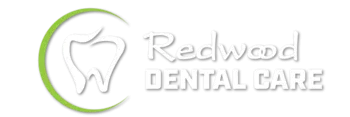
Everyone is at risk, but men over 40 are most likely to get it, and the tongue is the most common starting point. You might also spot it on the lips, your gums, or your soft palate in the form of lumps, patches, lesions, or breaks. These might not hurt at first. If you are suddenly hoarse, can’t swallow easily, have persistent, chronic sores, and experience unusual bleeding, these are additional signs. You might also notice lumps and growths on your throat or neck. A tumor generally requires surgery, which in turn can affect the way you look.
If possible, the best course of action is preventing oral cancer before it can start. Using tobacco products and drinking too much alcohol are risk factors; so is getting too much sun and not eating enough fruits and vegetables. It can be hereditary, unfortunately, but you can cut down on your chances of developing oral cancer by living a clean lifestyle, eating well, keeping your mouth clean, and getting regular dental checkups.


